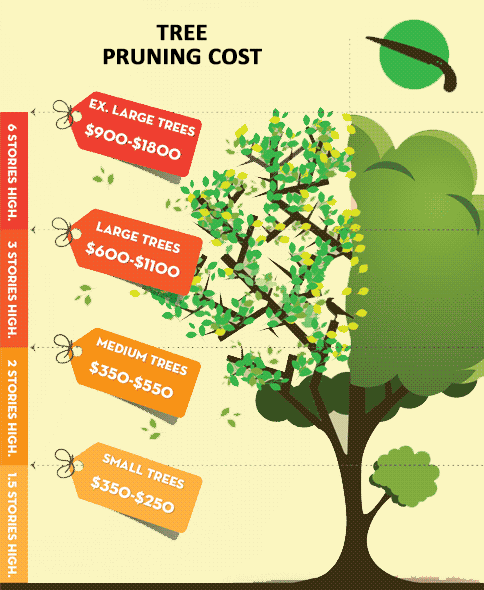Post-Tree Elimination Care Is Vital For Landscape Restoration; Find Necessary Steps To Invigorate Your Area And Prevent Future Issues
Post-Tree Elimination Care Is Vital For Landscape Restoration; Find Necessary Steps To Invigorate Your Area And Prevent Future Issues
Blog Article
Authored By-Franks Massey
After a tree's removal, your landscape may look quite different, and it's vital to evaluate the results meticulously. You'll want to evaluate the soil disturbance and examine surrounding plants for any indications of stress. Disregarding these factors can lead to bigger troubles down the line. So, what should you do with those stumps and roots? And just how do you pick the most effective plants for your rejuvenated space? Allow's check out these vital steps.
Assessing the Aftermath: Assessing Your Landscape
After a tree removal, it's essential to evaluate your landscape to recognize the effect it has on your lawn.
Start by examining the area where the tree stood. Search for indications of soil disruption, and examine the bordering plants for any type of stress or damages.
You need to also make note of how the removal has actually altered sunlight direct exposure and air movement in your yard. This change can influence the growth of nearby plants, so it's essential to review their wellness.
Consider the visual facets too; the removal may develop an open space that you can redesign.
Lastly, think about any type of prospective erosion issues that might develop from the tree's absence. Attending to these factors early will assist bring back balance to your landscape.
Dealing With Stumps and Roots: Options for Removal
When you've assessed the aftermath of the tree removal, you'll likely need to tackle the stump and origins left behind.
https://drive.google.com/drive/folders/1NpFYZ4kfhFQdRQRtNnwPsQBR5l-zqurg?usp=drive_open have a couple of options for elimination. One effective technique is stump grinding, where a professional utilizes an equipment to grind the stump down to below ground level. This approach leaves minimal disruption to your landscape.
If you choose a DIY approach, you can use a mix of excavating and chemical stump cleaners. Just bear in mind, this process can require time and initiative.
Additionally, consider leaving the stump as an all-natural function, which can serve as a distinct garden component or habitat for wildlife.
Whatever you pick, addressing the stump and origins is essential for restoring your landscape.
Choosing the Right Plant Kingdoms for Your New Space
As you examine your freshly removed space, choosing the right plants can significantly improve your landscape's charm and capability.
Beginning by taking into consideration the sunshine and dirt conditions. For sunny locations, opt for drought-resistant plants like lavender or succulents. In shaded places, ferns and hostas flourish well.
Think about the dimension and development behaviors of your plants; mix perennials and annuals for seasonal variety. Don't neglect to integrate indigenous varieties; they need less maintenance and support neighborhood wildlife.
Group plants in weird numbers for a much more natural appearance and develop layers for visual depth.
Ultimately, ensure you have a mix of colors and structures to keep your landscape vibrant throughout the seasons.
Satisfied growing!
Final thought
To conclude, recovering your landscape after tree removal is a satisfying process. By evaluating the consequences, dealing with stumps and origins, and picking the right plants, you'll develop a thriving environment. Don't neglect to incorporate erosion control procedures to shield your soil. With a little effort and treatment, you can change your space right into a vivid garden that boosts your residential or commercial property. Welcome the opportunity to invigorate your landscape and enjoy the charm of nature right in your backyard!
